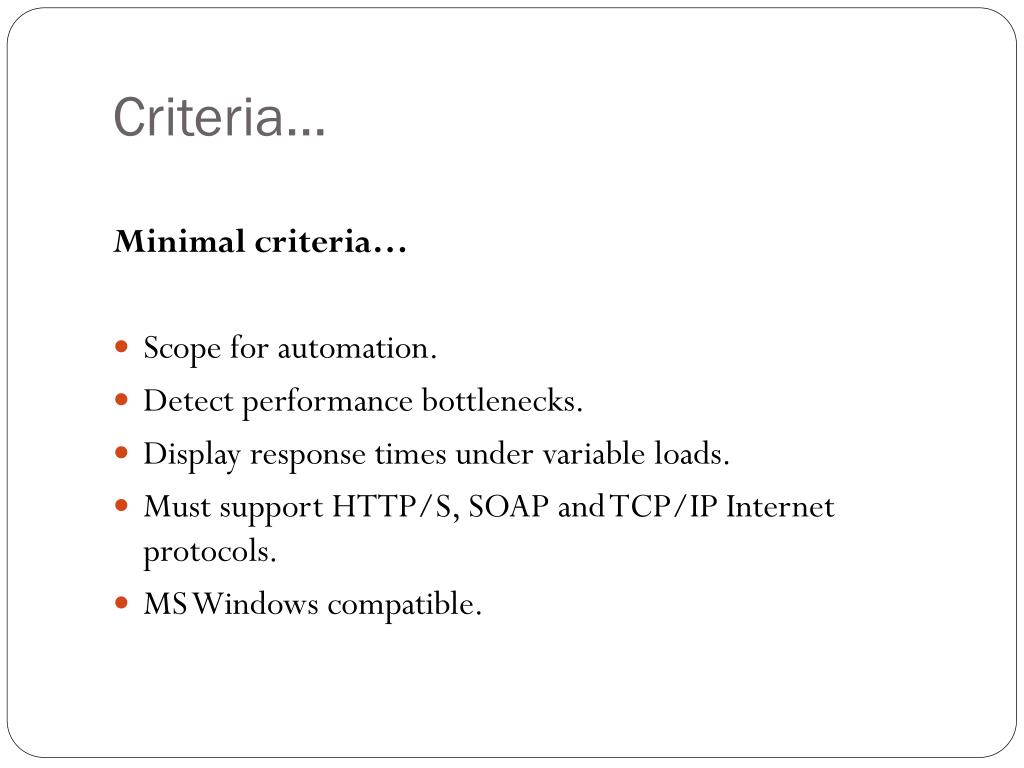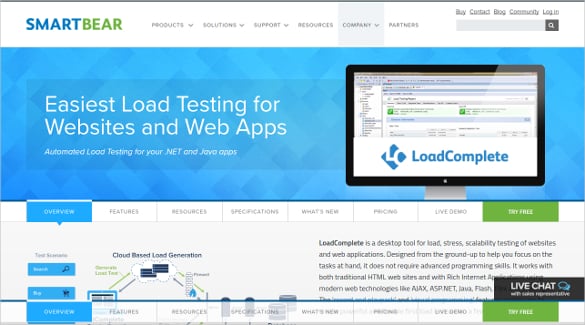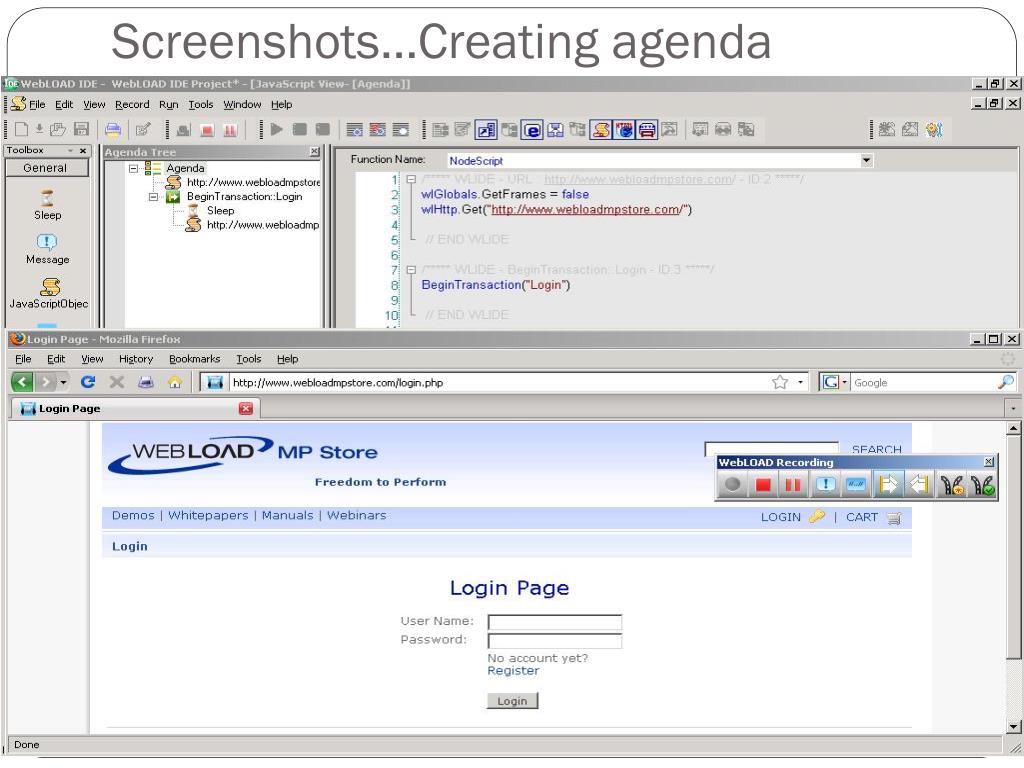


Hence, you need to have a mechanism in the projects to share all the vital data about the project like, brief introduction about the project, architecture of the project, project timelines, preferred or available tool details with their license details, environment details, the purpose of performance testing, performance intensive transactions, their transaction rates and anticipated SLAs to start with. On average, a person needs four weeks of time to get adjusted to a new ecosystem. When the performance testing resources are assigned to a project, they need data to understand the project.

Each of these tools have got their own scripting languages, in-built functions, custom-built functions, execution methodologies and error handling techniques. They are a pool of technical resources with knowledge predominantly on their performance testing tools like MicroFocus LoadRunner or Apache JMeter or Neotys Neoload or Microsoft VSTS and so-on. We need to understand that the performance testing team members’ expertise area are not on application functionality. * How will the transactions be executed? (Transaction rates and Online/ Batch/…) * Why will the transactions be executed? (Scope) * Where will the transaction be executed? (Environment)

* Who will initiate the transactions? (User roles split and concurrent users) * When will the transactions be performed? (Peak load period) * What are the transactions that need to respond within given service level agreement (SLA)? Such requirements fail to answer the basic Hermagoras’ 5W1H: (Where ‘x’ can be replaced with any numeral). Now-a-days, it has become a trend where, the non-functional requirements (NFR) drill down to a single line of statement which states “Every page should respond in ‘x’ seconds”. The more they know, the better they can suggest or identify the performance problem. Requirements gathering: performance testers need to know more about the application. The data requirements are broadly at three levels:Ī. Performance testing is a data intensive and data driven task. The four basic pillars are Data, Time, Resource and Cost Let us explore them and try to understand how they have eroded over the period.
#Neoload license cost software#
We could see a co-relation between the role of the doctor in the medical world and the role of the software performance tester in a software world.īefore we take on any disruption, we need to understand the four basic pillars of Performance testing, which are the foundation. The performance testing team gathers the requirements, based on the requirements suggests few tests (load test, stress test and so on) and based on the test results recommends the application performance and the area of tuning. Here the organization reach out to the performance testing team for evaluating the application performance or to address specific application performance issues. The performance tester role is very similar in the software world. The doctor gathers the patient’s basic details, suggests few tests (Blood test, ECG and so on) and based on the test results recommends the remedial medicine. In the medical world, a patient reaches out to the doctor for a general health check-up or to diagnose a specific health problem. The performance tester role is more of a “software doctor”. Role of Performance Testing in the Software World This article is aimed at making the audience understand the key fundamental pillars of performance testing which have eroded over the period, leading to the speculations mentioned above and the possible performance corrections to be implemented. Given these trends, some suggest that testing performance is less vital to the organization and the influence of the role is likely to diminish over time. The increasing disruptions in information technology with newer ideas like Agile, Artificial Intelligence, IoT (Internet of Things), Cloud, intelligent Application Performance Management (APM) and companies’ cost-cutting measures on IT outsourcing during the past few years have given rise to speculation about the future of performance testing, performance tester and performance test management roles. In this article, V.M.Guruprasath explains issues created by the new context and proposes some possible solutions. Agile, DevOps, Continuous Delivery, Testing in Production: all these modern trends put pressure on the traditional approach to software testing in general and more specifically on the performance testing activity.


 0 kommentar(er)
0 kommentar(er)
